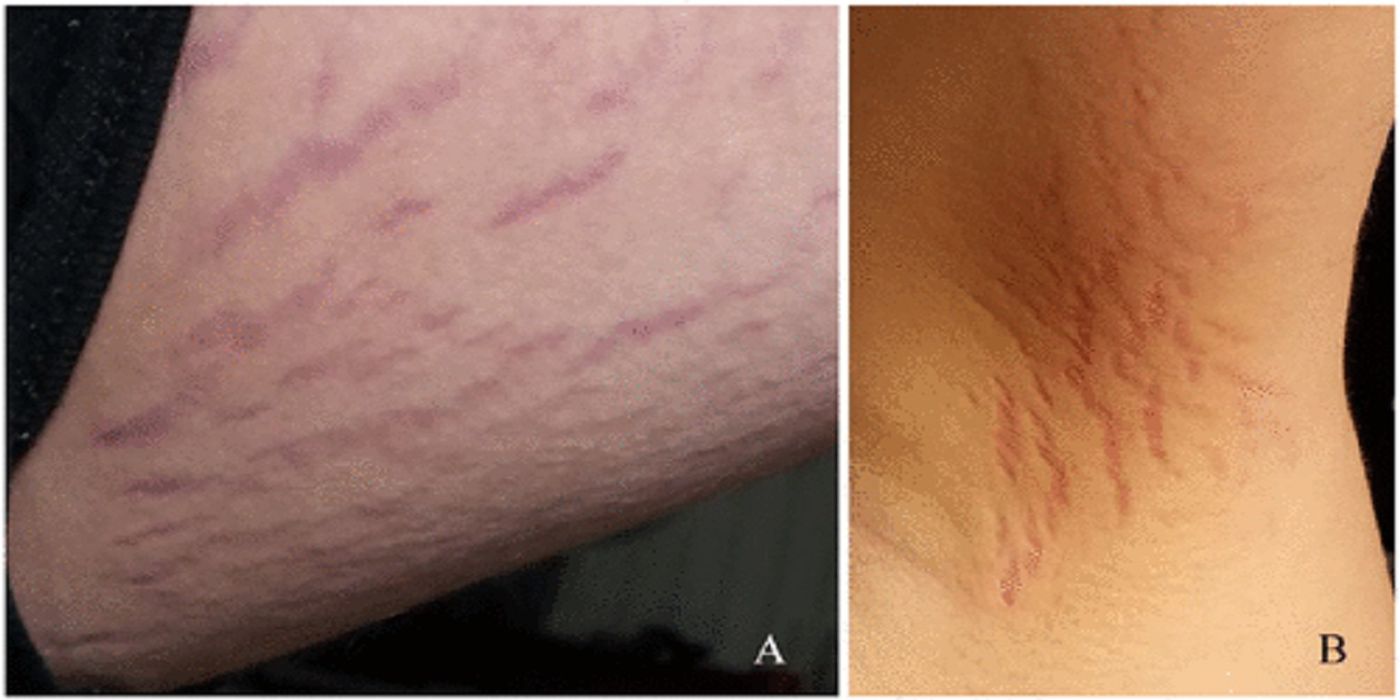Bartonella henselae Infection Implicated in Pediatric Acute-Onset Neuropsychiatric Syndrome
Pediatric Acute-Onset Neuropsychiatric Syndrome (PANS) is a broader class of acute-onset Obsessive Compulsive Disorder (OCD) than the previous term, PANDAS (Pediatric Autoimmune Neuropsychiatric Disorders). PANDAS has been associated with Streptococcal Infections in a subset of children and adolescents who have OCD and/or tic disorders following Streptococcus pyogenes (Group A) infections including"Strep throat" and "Scarlet fever." PANS includes all cases of acute-onset OCD, and not only those associated with streptococcal infections. Neuropsychiatric and behavioral symptoms that have been seen in PANS/PANDAS include obsessions/compulsions, food restrictions, depression, irritability, anxiety, and a decline in school performance.
Monday, researchers published a case study of a 14-year-old boy, who presented with PANS associated with Bartonella henselae, the microorganism known to cause cat-scratch disease. The article, published in the Journal of Central Nervous Disease, discusses a case of a 14-year-old boy who was evaluated by many specialists for sudden-onset psychotic behavior (hallucinations, delusions, suicidal, and homicidal ideation). It documents a bloodstream infection with Bartonella henselae that was initially diagnosed as schizophrenia.
B. henselae is a Gram-negative, facultative, intracellular bacteria that cause bartonellosis in humans. It can infect healthy people, but it is more often seen as an opportunistic infection. Although most people who contract cat-scratch disease are asymptomatic or have mild symptoms, it can be life-threatening for those who are immunocompromised with HIV/AIDS, organ transplantation, or cancer treatments. Bartonella species are emerging as "vector-borne, intravascular pathogens that produce long-lasting bloodstream infections in reservoir-adapted (defined as natural host or passive carrier of a microorganism) or, at times, relapsing opportunistic infections in non-reservoir animals and human hosts." It has been recently suggested that it can cause a "spectrum of neurological symptoms, diverse disease manifestations, and multi-organ system pathology that varies in severity and diagnostic complexity over a protracted time course, perhaps ranging from months to decades."
Due to advances in laboratory testing, more sensitive and specific diagnostic tests have been developed. There is greater microbiological evidence that blood and cerebrospinal fluid (CSF) infections with one or more Bartonella species exist in patients presenting with neurocognitive, neurological, and neuropsychiatric disorders.
The 14-year-old boy presented in this case study met normal developmental milestones and was in good health until October 2015. At that time, he developed sudden psychiatric symptoms including "feeling overwhelmed, confused, depressed, and agitated. He said that he was an “evil, damned son of the devil” and wanted to kill himself because he was afraid of his new-onset homicidal thoughts toward those he cared about." After failing many psychiatric medication combinations and an immunosuppressive drug for possible autoimmune encephalitis, he had complete symptom resolution when administered antimicrobial therapies.
Figure 1. ImagesTaken By the Boy's Parents After First Cutaneous Lesions Appeared
Credit: Breitschwerdt et al. 2019
The images seen in Figure 1 resulted in the attending physician to suspect neurobartonellosis as the cause of PANS in this patient. Doxycycline was first given without confirmatory testing to make a definitive diagnosis. The parents then enrolled their son in a "research study approved by North Carolina State University’s Institutional Review Board (Protocol No. 1960, Detection of Bartonella Species in the Blood of Healthy and Sick People)." Once entered into the study, tests that were performed included Bartonella species serology and Bartonella alphaproteobacteria growth medium enrichment blood culture/PCR. "B. henselae DNA was PCR amplified from the boy’s blood, serum, and from 2 of 3 7-day BAPGM enrichment blood cultures obtained four days apart" even though he had been taking doxycycline for two months.
Once B. henselae was identified, antibiotic therapy was administered along with subsequent removal of all antipsychotic drugs. The patient had a progressive reduction in neuropsychiatric symptoms and complete resolution of the Bartonella-associated lesions. Unfortunately, due to the lack of knowledge about Bartonella-related bloodstream infections, this patient and his family suffered much more than necessary. After two years, he was able to return to school with a gradual return to his pre-illness activities.









